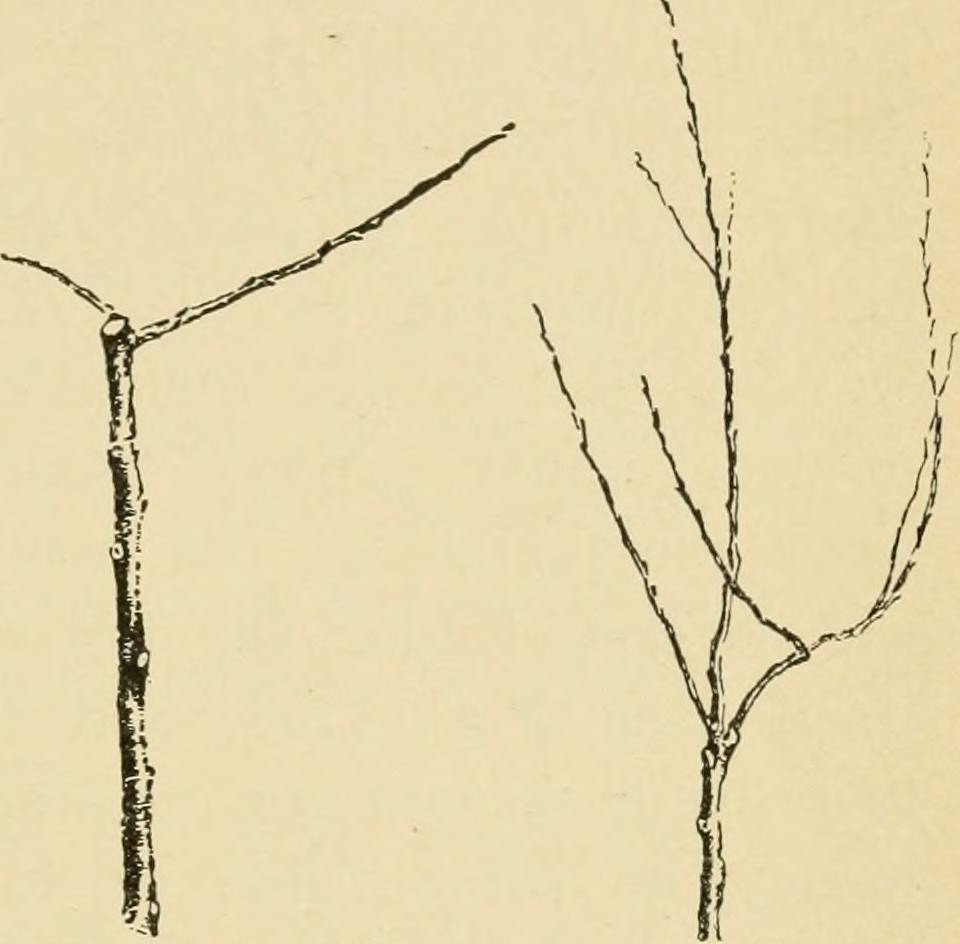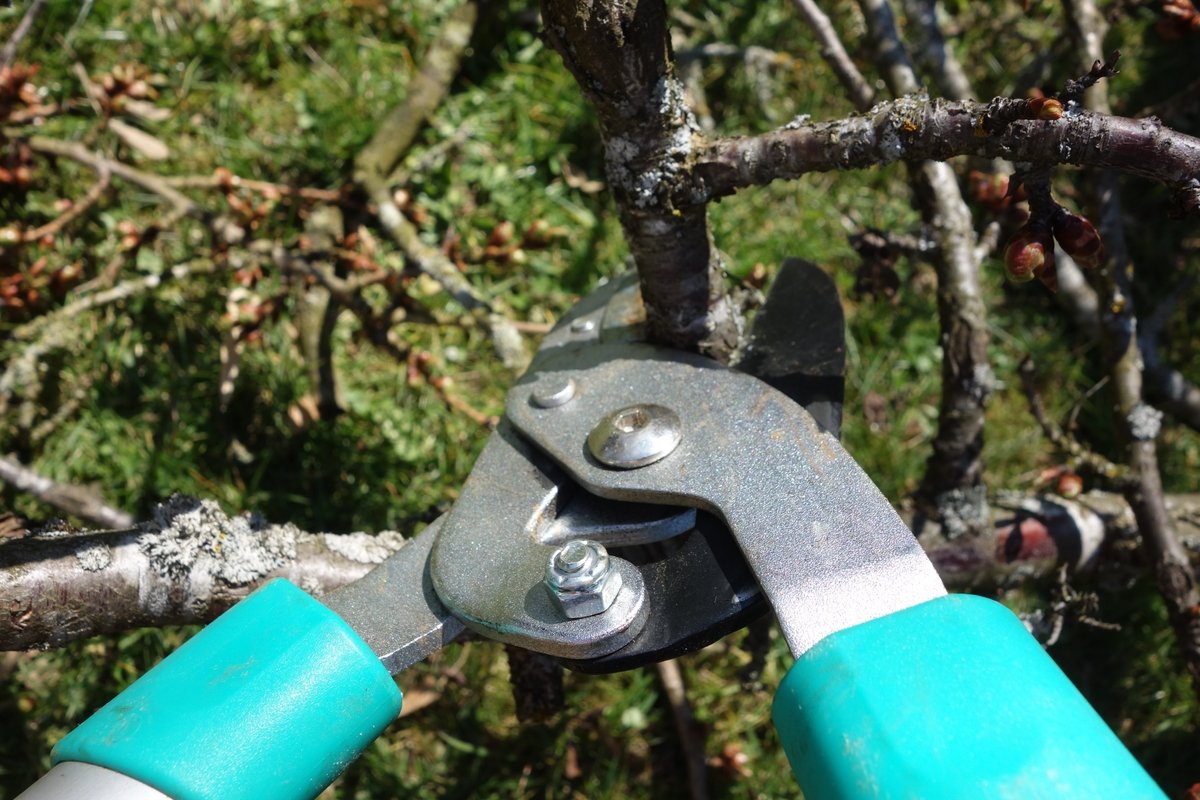In the vast landscape of the internet, where web pages flourish like branches on a sprawling tree, it becomes increasingly essential to tend to the health of your online presence. Much like pruning a fruitful orchard, we find ourselves needing to trim the excess to ensure the vitality and strength of our content. Enter the realm of SEO – the art of optimizing webpages to attract the attention of search engines and, subsequently, eager users. Yet, in this ever-evolving digital realm, a new technique emerges, an unassuming hero ready to revolutionize your SEO strategy – Content Pruning. Buckle up and prepare to unveil the power that lies within pruning the fat of your content to effectively enhance your website’s visibility in search rankings.
Table of Contents
- The Importance of Content Pruning in SEO: Streamlining Your Website for Success
- Identifying and Analyzing Underperforming Content: Nurturing Your SEO Strategy
- Practical Steps to Implement Content Pruning: Enhancing User Experience and SEO Rankings
- Measuring the Impact of Content Pruning: Maximizing Results and Long-Term Success
- Q&A
- Wrapping Up

The Importance of Content Pruning in SEO: Streamlining Your Website for Success
What is Content Pruning?
Content pruning refers to the process of removing or updating old, low-quality, or irrelevant content from your website. It’s like giving your website a makeover and removing all the unnecessary clutter to make it look fresh and appealing. Think of it as trimming the fat and ensuring that your website remains relevant and optimized for success.
The Benefits of Content Pruning in SEO
1. Enhanced User Experience: By pruning your content, you’ll be providing visitors with a streamlined and user-friendly website. Users will be able to find the information they’re looking for more easily, improving their overall experience.
2. Improved Search Engine Rankings: When search engines crawl your website, they take into account the relevance and quality of your content. By pruning outdated or low-quality content, you’re signaling to search engines that your website is up-to-date and focused on providing valuable information to users.
3. Faster Loading Speeds: Removing unnecessary content reduces the server load and decreases the time it takes for your website to load. This is crucial, as slow-loading websites can negatively impact user experience and search engine rankings.
4. Increased Conversion Rates: By pruning your content, you can ensure that your website is focused on your target audience and their specific needs. This targeted approach can lead to higher conversion rates and a more engaged and loyal customer base.
5. Efficient Use of Resources: When you have a large amount of content that isn’t adding any value, it can drain your resources, such as storage space and bandwidth. By pruning unnecessary content, you can optimize your resources and allocate them more effectively.
Remember, content pruning isn’t a one-time task but an ongoing process that should be part of your SEO strategy. By regularly reviewing and updating your content, you can ensure that your website remains fresh, relevant, and primed for success.
Identifying and Analyzing Underperforming Content: Nurturing Your SEO Strategy
In the vast world of search engine optimization (SEO), it’s crucial to regularly assess the performance of your digital content. Just like a garden that needs pruning to flourish, your website’s content also requires careful analysis and pruning to maintain a strong SEO strategy. In this post, we’ll explore the power of content pruning and how it can boost your website’s visibility in search engine results pages (SERPs).
1. Craft a comprehensive inventory: Take stock of your website’s existing content, identifying both high-performing gems and underperforming pieces that may be weighing down your SEO efforts. Analyze key metrics such as page views, bounce rates, and average time spent on each page to pinpoint areas that need improvement.
2. Weed out irrelevant content: Just like pulling weeds from a garden, it’s important to remove any content that no longer serves a purpose or aligns with your website’s goals. This can include outdated blog posts, duplicate content, or pages that receive negligible traffic. By eliminating these irrelevant pages, you’ll streamline your website, making it easier for search engines to navigate and users to find valuable information.

Practical Steps to Implement Content Pruning: Enhancing User Experience and SEO Rankings
When it comes to optimizing your website for both user experience and SEO rankings, content pruning can be a game-changer. This powerful technique involves strategically removing irrelevant or outdated content from your website to improve its overall quality and relevance. So, let’s dive into some practical steps to implement content pruning and unlock its true potential:
1. Assess the Existing Content
The first step in content pruning is to thoroughly assess the existing content on your website. Take time to review each page, blog post, or article, considering its relevance, accuracy, and usefulness. Identify pages with low engagement, outdated information, or duplicated content. These are the candidates for pruning.
2. Determine pruning criteria
Next, establish criteria that will guide your pruning process. Consider factors such as traffic, backlinks, conversion rates, and social shares. It’s important to strike a balance between removing irrelevant content and preserving valuable assets, ensuring you don’t prune content that attracts organic traffic or contributes to your website’s SEO authority.

Measuring the Impact of Content Pruning: Maximizing Results and Long-Term Success
Maximizing Results with Content Pruning
Content pruning is a powerful tool in the world of SEO, enabling website owners to trim away irrelevant and underperforming content to maximize their results and ensure long-term success. This technique involves evaluating your website’s existing content and strategically removing low-quality or outdated pages that no longer contribute to your overall goals.
So, why should you consider content pruning? Here’s a glimpse into the power of this practice:
- Enhanced User Experience: By eliminating irrelevant or redundant content, you streamline your website and make it easier for users to navigate, improving their overall experience.
- Boosted Search Engine Rankings: Pruning low-quality or duplicate content helps search engines understand the value and relevance of your remaining pages, potentially leading to higher rankings in search results.
- Increased Organic Traffic: When you remove underperforming content, you direct your audience towards the most valuable and engaging pages, increasing the likelihood of attracting organic traffic.
- Improved Conversion Rates: Streamlining your website’s content ensures that visitors encounter high-quality, actionable information, increasing the chances of converting them into loyal customers.
- Optimized Crawl Budget: By getting rid of unnecessary pages, you allow search engine crawlers to focus their attention on indexing and ranking the most important parts of your site, leading to better visibility in search results.
When done right, content pruning can work wonders for your website’s SEO. By weeding out the excess and focusing on quality, you pave the way for improved user experiences, enhanced search engine visibility, and ultimately, long-term success.
Q&A
Q: What is content pruning in SEO?
A: Content pruning refers to the process of strategically removing or updating existing content on a website to improve its overall quality, relevance, and performance in search engine rankings.
Q: Why is content pruning important for SEO?
A: Content pruning helps to declutter a website by getting rid of irrelevant, outdated, or low-quality content which may be negatively impacting its SEO. By focusing on high-quality, relevant content, website owners can enhance user experience, increase organic traffic, and boost their search engine rankings.
Q: How does content pruning work?
A: Content pruning involves a thorough analysis of a website’s existing content to identify pages that are not performing well or are no longer relevant. These pages might be outdated blog posts, duplicate content, or low-ranking pages. Once identified, website owners can decide whether to update, consolidate, or delete this content based on its relevance and impact on the overall site’s SEO.
Q: Will removing content harm the website’s SEO?
A: While removing content may seem counterintuitive, if done thoughtfully and strategically, content pruning can actually benefit a website’s SEO. By eliminating low-quality or irrelevant content, search engines can better understand the website’s focus and relevance, improving its overall ranking potential. However, it is crucial to redirect or consolidate URLs properly to avoid losing valuable inbound links and traffic.
Q: How does content pruning affect user experience?
A: Content pruning directly contributes to improving user experience by enabling visitors to find the most relevant and valuable content more efficiently. By removing irrelevant or outdated pages, users are less likely to encounter outdated information, thereby enhancing their trust in the website. A streamlined website experience improves user engagement, reduces bounce rates, and ultimately boosts conversions.
Q: What are the potential challenges of content pruning?
A: One challenge of content pruning is the risk of inadvertently removing valuable content. It is essential to conduct a comprehensive analysis to differentiate between content that needs to be pruned and content that can be improved. Additionally, careful planning is required to ensure that URLs are properly redirected or consolidated to maintain inbound links and prevent any negative impact on organic traffic.
Q: How frequently should content pruning be performed?
A: The frequency of content pruning depends on various factors such as the size of the website, the frequency of content updates, and industry dynamics. However, it is recommended to review and prune content at least once a year, if not more frequently, to keep a website fresh, relevant, and user-friendly.
Q: Can content pruning help revive a website’s SEO performance?
A: Yes, absolutely! By removing irrelevant and low-quality content, optimizing the remaining content, and redirecting URLs properly, content pruning can help revive a website’s SEO performance. This process allows search engines to better understand the website’s focus, improving its ranking potential and attracting more organic traffic.
Q: Is content pruning a one-time process?
A: No, content pruning is not a one-time process but rather an ongoing effort. Websites need to continuously evaluate the relevance and quality of their content and make necessary adjustments to ensure it remains optimized. Regularly monitoring and updating content will help maintain a high-performing website in the constantly evolving world of SEO.
Insights and Conclusions
As we bring our exploration of content pruning in SEO to a close, we hope you’ve been energized by the potential that lies within the act of trimming the fat. Just like a skilled sculptor chisels away at a block of stone, content pruning empowers you to unveil the true power and beauty of your website.
In this journey, we’ve discovered how content pruning can breathe new life into your online presence, liberating you from the chains of mediocrity. By meticulously examining your digital landscape, removing outdated and irrelevant content, and nurturing the blooms of quality material, you will witness your website transforming into a pristine garden of knowledge.
Remember, content pruning is not about merely slashing away haphazardly. It’s an art form that demands careful consideration and a discerning eye. With each seemingly insignificant cut, you are sculpting a path for your target audience, guiding them towards your most valuable and engaging content. Through this meticulous process, you’ll magnify your website’s relevance, attracting the right visitors while standing tall amidst the sea of generic offerings.
As the digital realm evolves and search engines become more discerning, content pruning allows you to stay ahead of the game. It’s a constant journey of honing and refining, trimming away the excess to reveal the true essence of your brand. Embrace the mantra of quality over quantity, for it is in this philosophy that the power of content pruning lies.
So take a step back, exhale, and allow your newfound knowledge to fuel your future SEO endeavors. Armed with the tools and insights shared here, you have the power to transform your website into a sleek and captivating powerhouse, where every word holds purpose and every page resonates deeply with your audience.
In embracing the art of content pruning, you are embracing the power of focus and refinement. So go forth, dear reader, and let your content flourish, unencumbered by excess. With each strategic snip, you will unravel a world of untapped potential, propelling your website to new heights.

